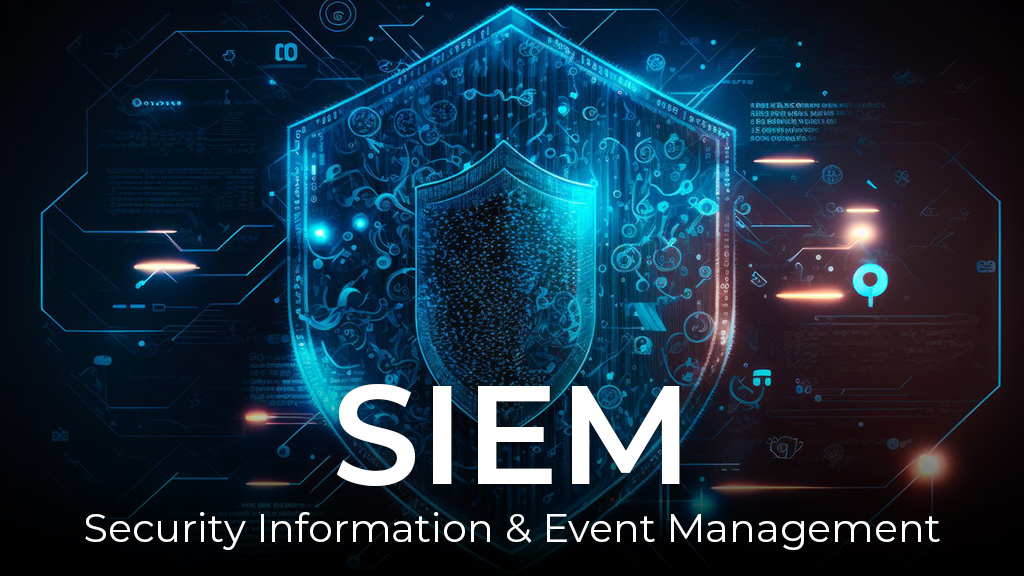
Status: Final Blueprint
Author: Shahab Al Yamin Chawdhury
Organization: Principal Architect & Consultant Group
Research Date: September 2, 2024
Version: 1.0
Part I: The Strategic Imperative & Market Landscape
The selection of a Security Information and Event Management (SIEM) platform is a foundational decision for any modern Security Operations Center (SOC). The modern SIEM has evolved from a simple log repository into an intelligent, AI-driven platform essential for digital resilience.
The Evolution of SIEM
- SIEM 1.0 (c. 2005): Focused on compliance and basic, rule-based correlation. Plagued by scalability issues.
- SIEM 2.0 (c. 2011): Embraced Big Data for scalability but introduced “alert fatigue” due to a high volume of low-fidelity alerts.
- Next-Gen SIEM (Present): Defined by the integration of User and Entity Behavior Analytics (UEBA), Security Orchestration, Automation, and Response (SOAR), and Artificial Intelligence (AI) to deliver high-fidelity detections and automated response.
2024 Market Leaders (Gartner & Forrester Synthesis)
- Established Leaders: Splunk, Microsoft, IBM. Offer mature, feature-complete platforms.
- Analytics-Driven Leaders: Securonix, Exabeam. Excel in UEBA and advanced analytics.
- Hyperscale Visionaries: Google. Poised to disrupt the market with cloud-native scale and intelligence.
- Converged Challengers: CrowdStrike, Fortinet. Extending EDR/Firewall platforms with SIEM capabilities.
Part II & III: Platform Architecture & Vendor Comparison
A modern SIEM is defined by its cloud-native architecture, its ability to leverage security data lakes, and its support for federated search across multi-cloud environments. The core function is a multi-stage data lifecycle: Collection -> Processing (Parse, Normalize, Enrich) -> Analytics -> Storage.
Comprehensive Feature Comparison Matrix
| Category | Feature / Criterion | Splunk | Microsoft | IBM | Securonix | Exabeam |
| Architecture | Primary Deployment | Hybrid | Cloud-Native | Hybrid | Cloud-Native | Cloud-Native |
| Underlying Tech | Distributed | Azure Data Lake | Appliance/SaaS | Snowflake | Microservices | |
| Data Mgmt | OOTB Connectors | 2,800+ | 350+ | 450+ | Extensive | 680+ |
| Normalization | CIM | ASIM | Custom | Proprietary | CIM | |
| Detection | Key Strength | SPL/Custom | KQL/Fusion | Offenses | Analytics | UEBA/Timelines |
| Generative AI | In Dev | Copilot | Watson | Agentic AI | Copilot | |
| UEBA | Integration | Add-on/Int. | Built-in | Add-on | Core | Core |
| SOAR | Integration | Native | Built-in | Native | Built-in | Built-in |
| Commercials | Pricing Model | Ingest/Workload | Ingest/Commit | EPS/FPM | Identity | Identity |
Part IV: Designing a World-Class SIEM Program
Technology alone is insufficient. Success requires a mature program built on governance, process, and skilled personnel.
- SIEM Operational Lifecycle: A continuous cycle of 1) Planning & Design -> 2) Deployment & Implementation -> 3) Management & Operations -> 4) Optimization & Improvement.
- Governance & RACI: A RACI (Responsible, Accountable, Consulted, Informed) matrix is essential to define roles and eliminate confusion. Key roles include SOC Analyst, Detection Engineer, Threat Hunter, and SIEM Administrator.
- Skills & Literacy: The team requires skills beyond alert monitoring, including detection engineering, threat hunting, and SOAR playbook development. A formal training plan is critical.
Part V & VI: Measurement, Compliance, & Future Outlook
The program’s value must be measured and communicated through maturity models, KPIs, and financial analysis.
Key Performance Indicators (KPIs)
- Operational Efficiency: Mean Time to Detect (MTTD), Mean Time to Respond (MTTR).
- Detection Efficacy: False Positive Rate, MITRE ATT&CK Coverage.
- Financials: A full Total Cost of Ownership (TCO) analysis (including software, infrastructure, and personnel) and Return on Investment (ROI) calculation (quantifying breach impact reduction and efficiency gains) are mandatory for justifying the investment.
Future Trends
- Deeper AI Integration: A move toward an “Autonomous SOC” with predictive analytics.
- Convergence of Security & Observability: Unified platforms for SecOps and ITOps.
- Security Data Lakes: Open, vendor-neutral data storage will become standard.
- Hyper-Automation: More intelligent and adaptive SOAR capabilities.
Chat for Professional Consultancy Services
